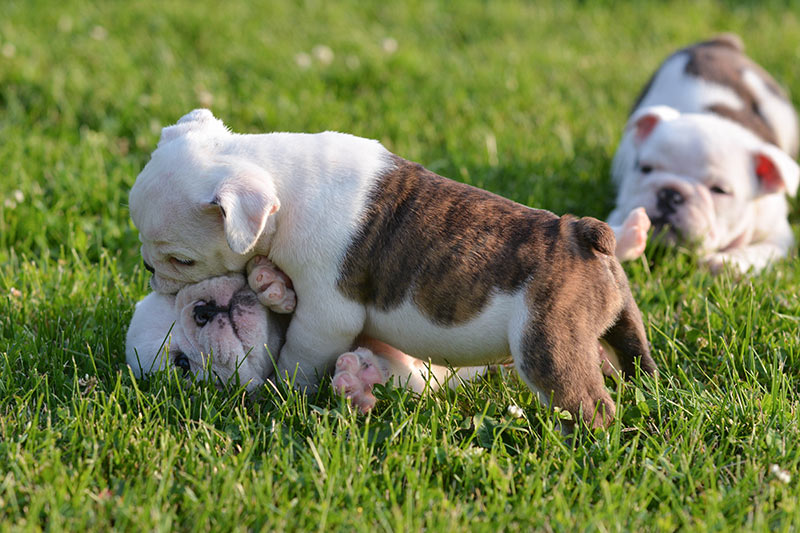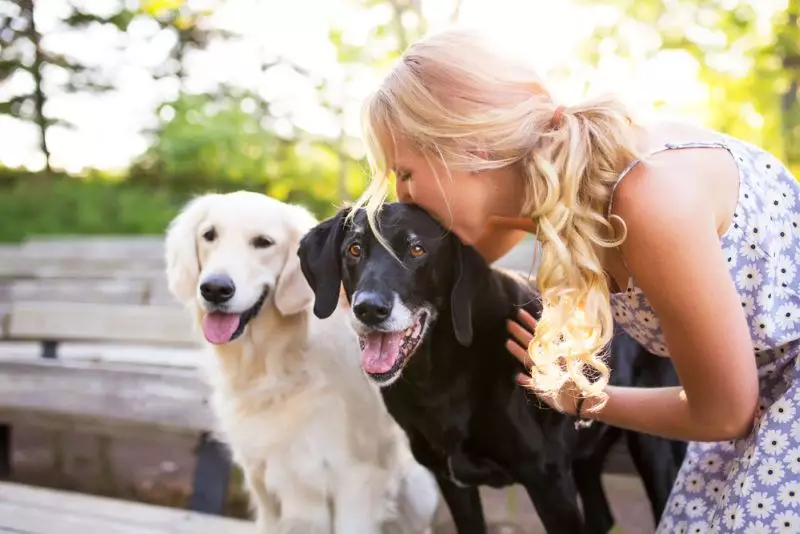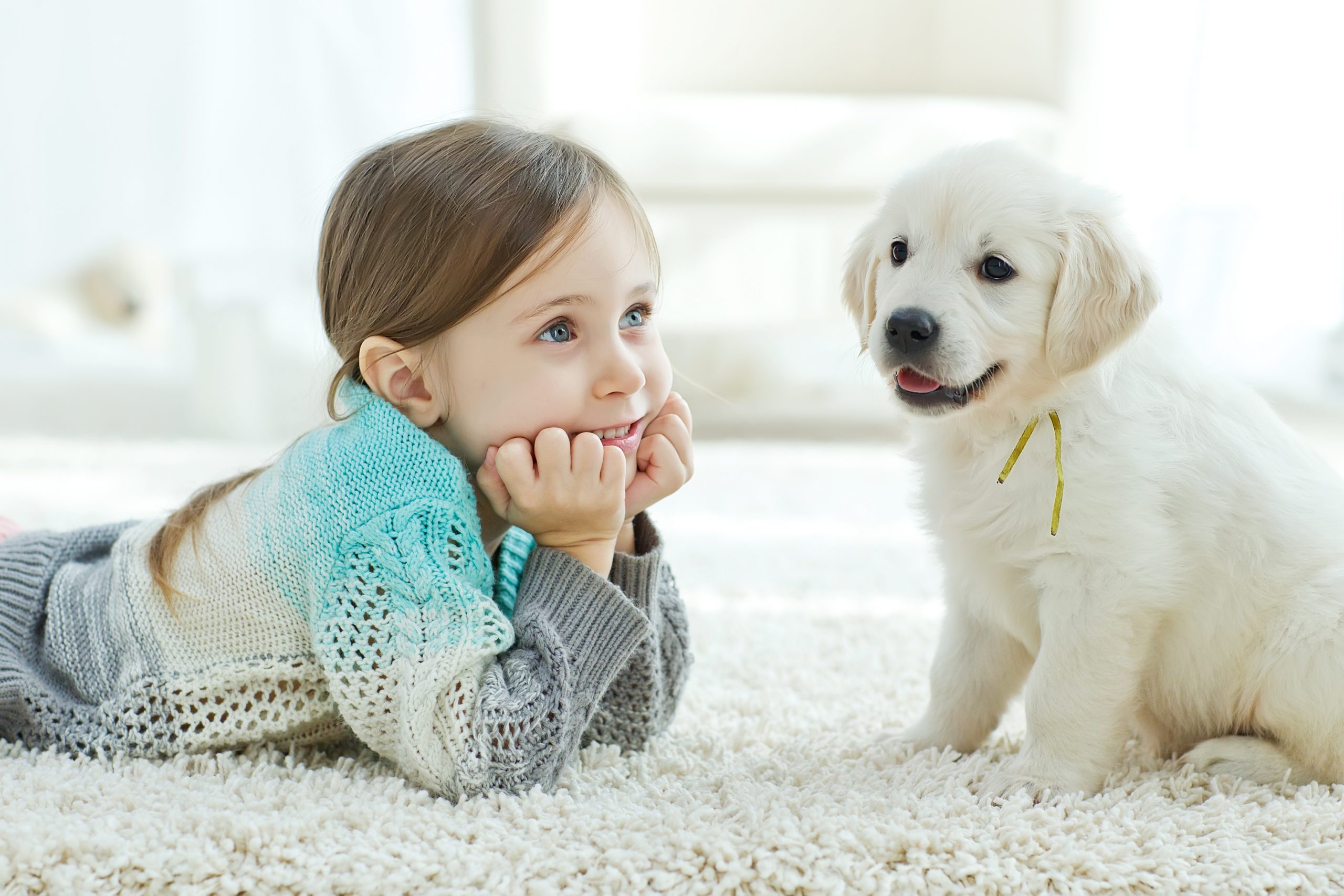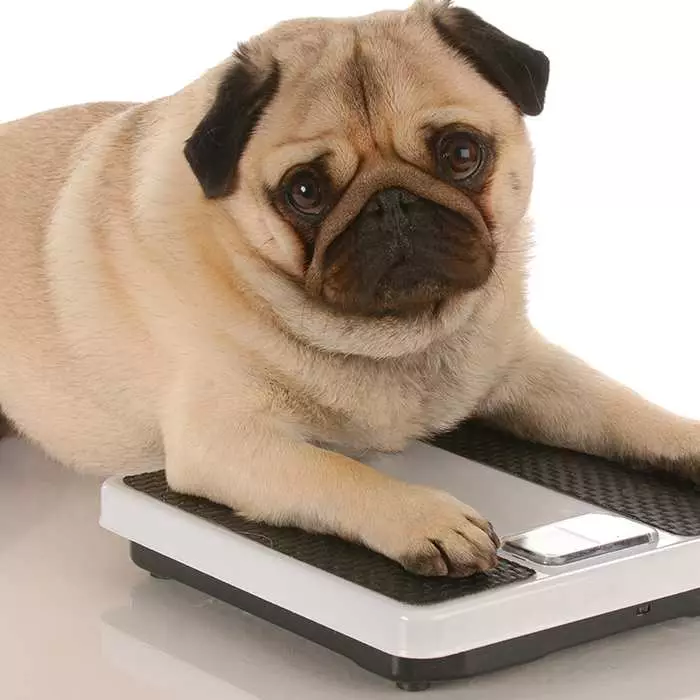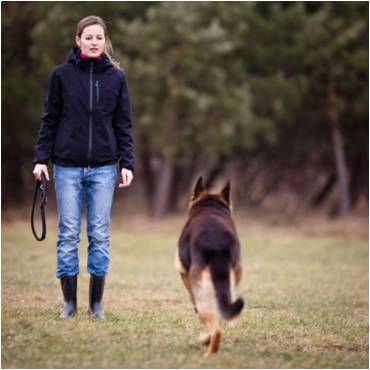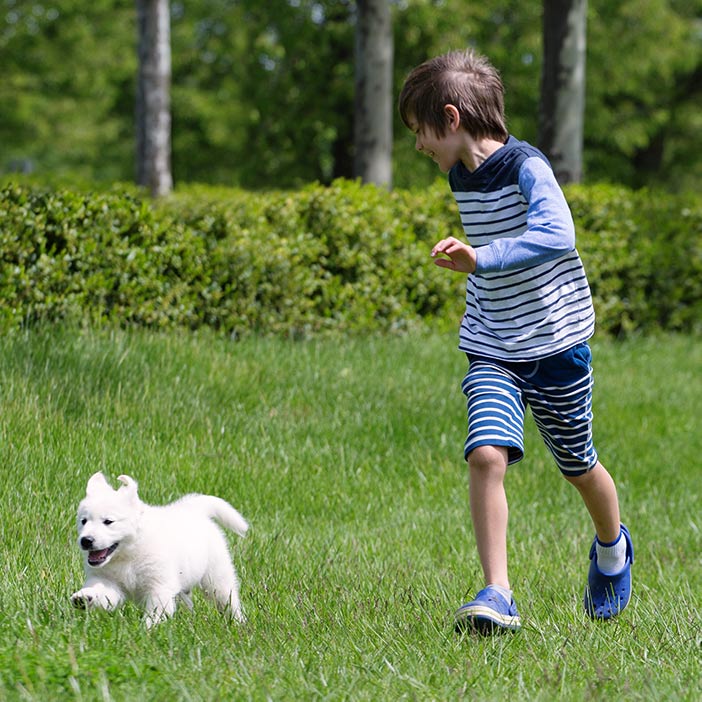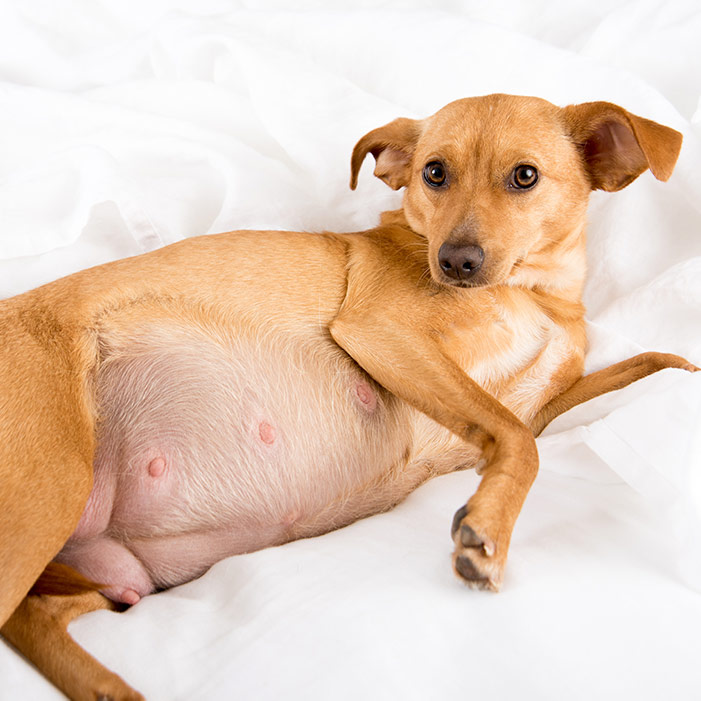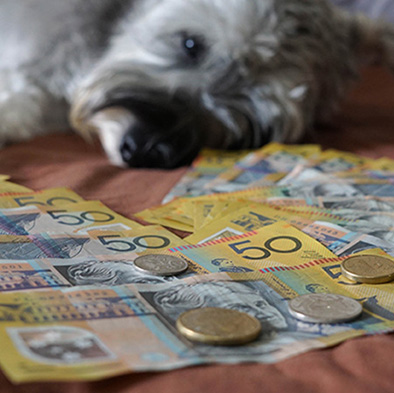How to exercise your puppy
Exercising your puppy is important and undoubtedly has many health benefits for both you and your puppy. What is less obvious to many new puppy parents is the amount of exercise and activity that is necessary and considered to be healthy for your new fur baby.

People often think that they need to tire their puppy out by giving them as much exercise as possible. So they take their puppy for long walks, take them out running, or chase them around the house and up and down the furniture.
Will the puppy be keen to do it? Yes, of course he will! Is it healthy for him? Mostly not.
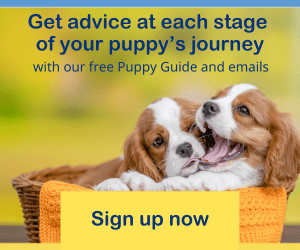 Just like young kids, puppies are usually enthusiastic about anything that involves fun and action. They do not understand that too much exercise, or the wrong kind of exercise can actually be detrimental to their health. In this article we explore how a puppy’s body grows and explain what exercise is and isn’t suitable for young dogs.
Just like young kids, puppies are usually enthusiastic about anything that involves fun and action. They do not understand that too much exercise, or the wrong kind of exercise can actually be detrimental to their health. In this article we explore how a puppy’s body grows and explain what exercise is and isn’t suitable for young dogs.
Let’s have a closer look at your puppy’s body
Growth plates
One of the most important things to understand when considering how much a puppy should exercise are the “growth plates”. Just like in humans, growth plates are soft areas which sit at the end of long bones. They allow the bones to become longer until the end of puberty, when they become thinner and will usually close. On average, this happens at around 18 months of age for most dogs. However, it is important to understand that this can vary significantly, and the closing of growth plates happens much later in larger breeds than in smaller ones. For example, whilst a Maltese is fully grown by 12 months, a Great Dane won’t be fully grown until the age of around 2.5 years.
Before their growth plates close, puppies are highly vulnerable to injury. While the same injury in an adult dog may result in a soft tissue sprain, puppies may injure their growth plates. Growth plate injuries carry the risk of not healing properly or not healing in time to grow strong and straight. This may result in a deformed or shortened limb, which in the long term will make your dog more prone to further injury.
The x-ray images and diagrams below show the difference between open growth plates in a puppy and closed growth plates in an adult dog.
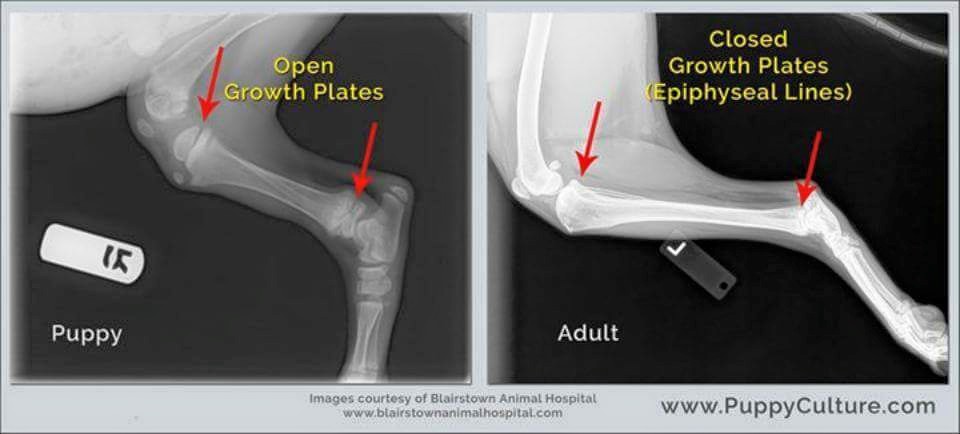
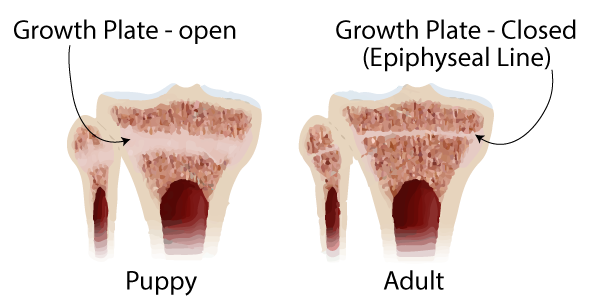
(Source: https://www.puppyculture.com/new-appropriate-exercise.html)
Bone density
Did you know that 50% of all fractures occur in dogs under one year old?
Puppy bones are softer than adult dog bones, and don’t reach their full density until after puberty. Therefore they are much more prone to fractures like spiral fractures, where the top half and the bottom half of a bone twist in different directions. This is another reason that you need to be cautious about the amount and type of activity they do.
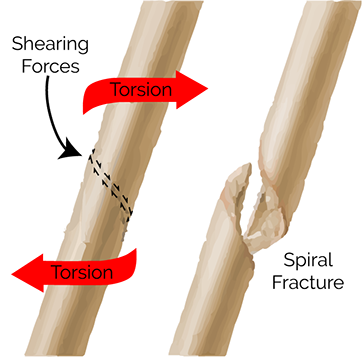
(Source: https://www.puppyculture.com/new-appropriate-exercise.html)
How to exercise your puppy – what is healthy and what is not?
Move at their pace, not yours
Young puppies don’t need as much exercise as fully-grown dogs. Activities like jogging or running up and down lots of stairs can be harmful to puppies, and it is recommended not to do these, or any agility/dog sports until your puppy is fully grown.
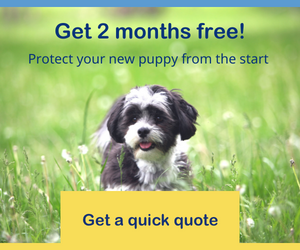 A young puppy wants to explore the world and the best way to do that is by walking. This doesn’t mean walking around your neighbourhood for hours. Rather, take your puppy out for some fresh air and a short walk around twice a day.
A young puppy wants to explore the world and the best way to do that is by walking. This doesn’t mean walking around your neighbourhood for hours. Rather, take your puppy out for some fresh air and a short walk around twice a day.
With a young puppy, walking will be more like standing around and waiting for your puppy to move at his own pace as he discovers all the new and exciting smells, sounds and things to explore out there. As a result, walking just five metres can take a while!
It’s important to be patient, take your time and let him literally ‘smell the roses’. This way you won’t over-exercise your puppy and, importantly, you will be helping to socialise him at his own pace.
So how to exercise your puppy? Here are the do’s, the dont’s and some rules of thumb.
The do’s of puppy exercise & activity:
- Do take them for walks and strolls, let them sniff and explore gardens and small rock walls.
- Do play with your puppy and engage in gentle play with your puppy at home (e.g. gentle tug play with a toy not higher than your dog’s head level and let your dog do most of the pulling)
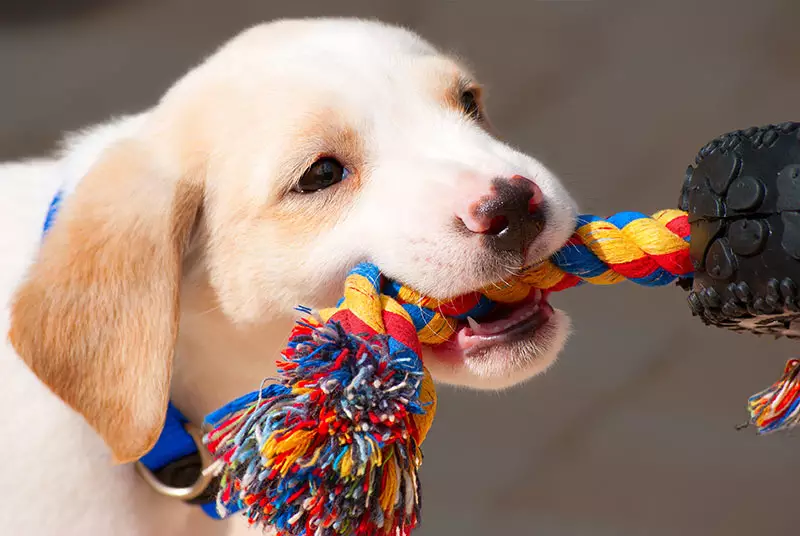
- Do give them puppy mental stimulation exercises, e.g. food dispensing toys like snuffle mats, let them fetch a toy or a treat from a ball pit, or let them walk a over a set of different surfaces like concrete onto grass over a bubble wrap and a beach towel.
- Do let them dig (yes, you read correctly!). A sand pit in your backyard can be an appropriate play area for your pup.
- Do give them lots of self directed free play – exploring and just mucking around in the backyard are best for your puppy.
- Do organise puppy play dates! Let your puppy play with other calm and nicely mannered dogs for short intervals. Keep an eye on the play and if it gets too boisterous (eg. doing body slams and crazy rolls), interrupt the play and give the dogs some time to rest.
- Do stimulate them mentally with training. You can do as many as 5 -10 training sessions a day of 2-3 minutes at a time. You can also lay a treat trail in the backyard or in your house for your puppy to go on a treat hunt. Not only is this good for your puppy, it will also help tire him out.
The dont’s of puppy exercise:
- Don’t take them on long hikes or walks or run with them.
- Don’t let them climb up and down stairs. The occasional step is not an issue but if your puppy needs to come up and down stairs on a regular base, it is better to carry them.
- Don’t let them jump on and off the couch or bed. Teach your puppy to sit and ask politely to be lifted onto the bed or couch, and teach him to wait to be carried down.
- Don’t engage in repetitive chasing of the ball. Throwing the ball and teaching your dog to bring it back may be a great way to tire out your dog, but dogs can keep on going for hours, which is not healthy for either young or older dogs. Throw the ball a few times, and then change to a different activity.
- Don’t encourage sliding on slippery floors. Floorboards and tiles can be dangerous for puppies as well as adult dogs. Sliding and over-stretching their limbs can cause injuries and have long term implications.
Rules of thumb
- As a rule, 5 minutes of exercise per month of age, twice a day, is enough for your puppy. Between 6 – 18 months, around 20 – 30 minutes walking at a time is enough.
- Before 6 months of age, your puppy shouldn’t jump any higher than its own wrist height.
- From 6 – 12 months, the height of jumps can be raised to your puppy’s elbow height.
- Once your puppy is fully grown and at the end of puberty (somewhere between 18 – 24 months, depending on breed and size) your dog can be allowed to jump higher.
- Up to 4 months of age, 10-15 minute play dates are ok. From 4 – 18 months, a 20 minutes session is enough for a play date.
Not all dogs are the same!
Also keep in mind that some breeds, like bulldogs, are just not made for a lot of exercise. Your breeder will be able to give you guidance on how much exercise your puppy should get.

In a nutshell
Too much physical exercise can be very strenuous on your puppy’s body and, if overdone, can even be harmful and cause long-term issues. Exercising your puppy and tiring your puppy out is easier than people often think. Use mental exercise rather than trying to exhaust your puppy physically. If you have any concerns, always consult your vet.
Learn more
- How much exercise does my puppy need?
- How much exercise does my dog need?
- The importance of exercise for adult dogs
- Exercising your senior dog
- Indoor workouts for dogs
- Brain workout – Mental exercise for dogs
- Dog sports: fun activities for dogs & owners
Puppies are very adventurous and highly accident prone, and often end up hurting themselves whilst they are still growing. Their underdeveloped immune system means they are also vulnerable to getting infections and catching diseases.
Consider pet insurance to help protect you and your puppy from the start. Get your first 2 months cover free 2!
Bow Wow Meow Pet Insurance can help protect you and your puppy should an unexpected trip to the vet occur.

